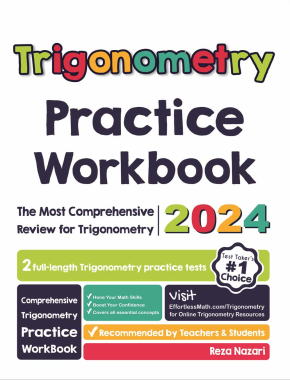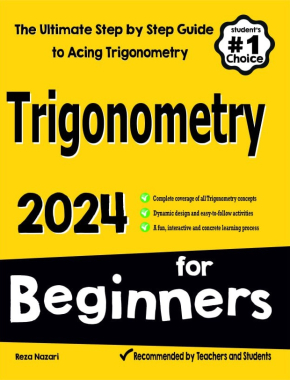Understanding Trigonometry: How to Calculate the Area of Triangles

Examples
Practice Questions:
- Given triangle \(XYZ\) with \(XY = 6 \text{ cm}\), \(YZ = 9 \text{ cm}\), and angle \(Y = 30^\circ\), find its area.
- For triangle \(LMN\), if \(LM = 4 \text{ cm}\), \(MN = 5 \text{ cm}\), and angle \(M = 90^\circ\), calculate the area.
- \( 13.5 \text{ cm}^2 \)
- \( 10 \text{ cm}^2 \)
Original price was: $109.99.$54.99Current price is: $54.99.
Original price was: $109.99.$54.99Current price is: $54.99.
Original price was: $114.99.$54.99Current price is: $54.99.
Related to This Article
More math articles
- How to Find the Perimeter of Polygons? (+FREE Worksheet!)
- OAR Math FREE Sample Practice Questions
- How to Categorize Rational Numbers
- How to Decipher Algebra 1: The Key to Success with ‘Algebra 1 for Beginners’ Solution Guide”
- Full-Length DAT Quantitative Reasoning Practice Test-Answers and Explanations
- Bеѕt Cаlсulаtоr fоr ACT Aspire Mаth Tеѕt
- 10 Most Common 3rd Grade NYSE Math Questions
- The Ultimate 7th Grade MAAP Math Course (+FREE Worksheets)
- 5 Best Algebra 2 Books for High School Students
- FREE 5th Grade FSA Math Practice Test
















What people say about "Understanding Trigonometry: How to Calculate the Area of Triangles - Effortless Math: We Help Students Learn to LOVE Mathematics"?
No one replied yet.